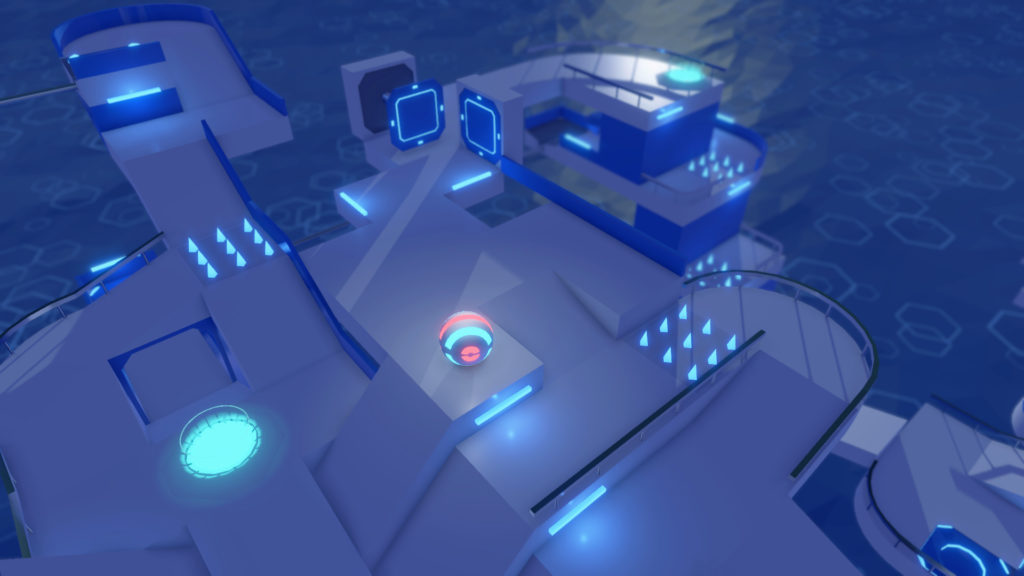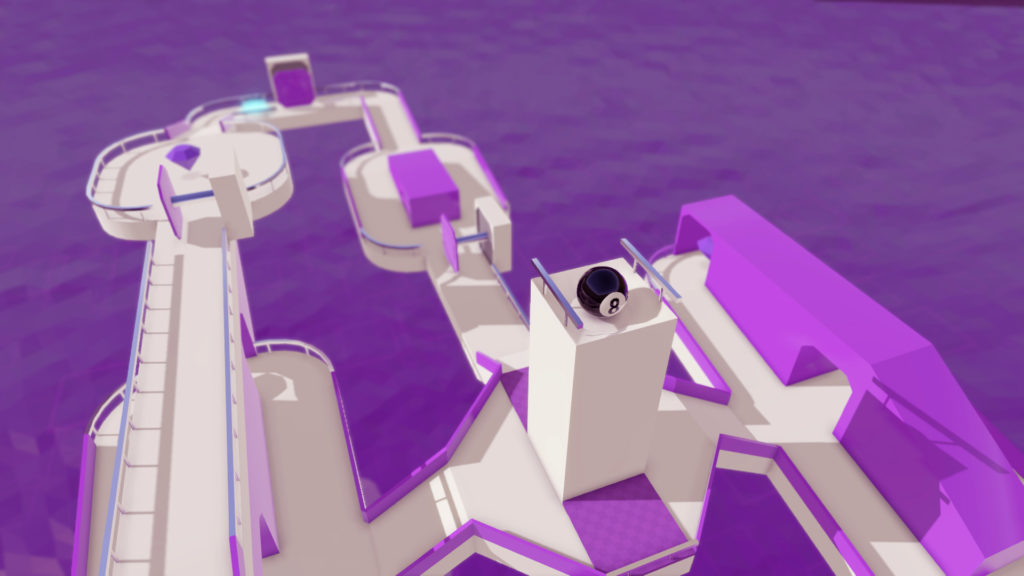
The Little Ball That Could – Press Kit
NaissusWorks – April 11th, 2018
Oh, so you want write or talk about The Little Ball That Could? Awesome! We welcome all coverage on our games, and fully support any form of streaming and monetization of gameplay. We set up this press kit page to get you going and help you learn more about TLBTC, as well as get some cool visuals to spice your content up. If you need more information or additional assets, feel free to contact us via the media contact e-mail listed below.
Facts
- Developer: NaissusWorks, based in Nis, Serbia
- Availability: Digital download
- Release Date: Apr 11, 2018 (Xbox/UWP); Mar 15th, 2018 (Mac, Linux); Sep 12th, 2017 (Windows); Apr 14th, 2017 (Android); May 25th, 2017 (iOS)
- Distribution: Steam (Windows, Linux, Mac) – $7.99; Mac App Store – $5.99; Microsoft Store (Windows 10, Xbox) – $6.99
- Distribution (Mobile): Apple App Store & Google Play Store (free, with IAP)
- Languages: English, German, Russian, French, Italian, Spanish, Portuguese
- Game size: 1.2 GB (PC), 699 MB (iOS), 250 MB (Android)
- Press Contact: [wpml_mailto email=”hello@www.naissusworks.com” target=”_blank”]hello@www.naissusworks.com[/wpml_mailto]
- Social: Twitter, Facebook, YouTube
- Website: Link
- Download: Steam, Mac App Store, Microsoft Store, Google Play Store, iOS App Store
About the game
The Little Ball That Could (TLBTC) is a single-player marble platformer with great focus on exploration and observation. While inspired by genre classics such as Marble Madness, Marble Blast and Super Monkey Ball, TLBTC is not just about about getting to the end at high speed. The game will have you dodge lasers, avoid spike fields, solve puzzles and save trapped friends, all the while staying on a lookout for hidden puzzle pieces and shiny gems portals.
The core gameplay is as simple as it gets – the player needs to steer the ball past numerous traps and puzzles and reach the heart at the end of the level. The game’s 120 levels have all been designed as mini-mazes and offer multiple paths. In every level, the player is expected to collect the three gems in a single run, find the hidden puzzle piece, and traverse the level in a specified time. After completing each objective, the player is rewarded with a star, which are used to unlock new worlds. To keep things interesting, new traps and mechanisms are introduced every 8 levels – from simple sponges that are there to break your fall, to portals that keep your inertia and help you do crazy stunts. Puzzle pieces are used to unlock alternative ball skins, and there are a couple of end-game ball variants that will let you absorb fall damage, move super-quickly or jump.
Features
- Roll the ball through 5 worlds and 120 large levels, each containing a maze of twisty paths and giving you three tasks to perform.
- Unlock beautiful ball skins using puzzle pieces, and if you are up for a challenge, unlock special powers that will let you play the game in radically different ways.
- Experience the best platforming action with our tight, physics-based controls – you’ll have a blast whether you prefer to play using a keyboard or a controller.
- Use the checkpoint and level skip systems to test your speed, precision and curiosity without frustration.
- Enjoy the subtle low-poly graphics that look great on a variety of systems.
- Listen to our awesome soundtrack that includes nine piano-driven melodies and an original music piece specifically created for TLBTC.
- Complete fun achievements.
- Compete with your friends for the best level times on the Leaderboards (available on Steam and Microsoft Store versions).
Screenshots & art
If you’d like to get the official screenshots, you’re in the right place! Get in touch if you’d like to get some more, or click here to download the logos, icons and other key art.
Videos
Here are the trailers, teasers and gameplay videos of The Little Ball That Could that we’ve published so far.
Developer
NaissusWorks is a family-run development studio formed in 2012 by Ivan and Nikola Jankovic. Ivan is in charge of the business side of things and is doing the programming, whereas Nikola does the art and media relationships and content. Before TLBTC, which was the studio’s first self-published game, NaissusWorks was predominantly focused on developing smartphone applications for third parties. Our shared passion for old-timey arcade games made us spend the better part of the last two years making TLBTC a worthy successor to the marble platformer classics. Get our press kit to learn more about our studio!





